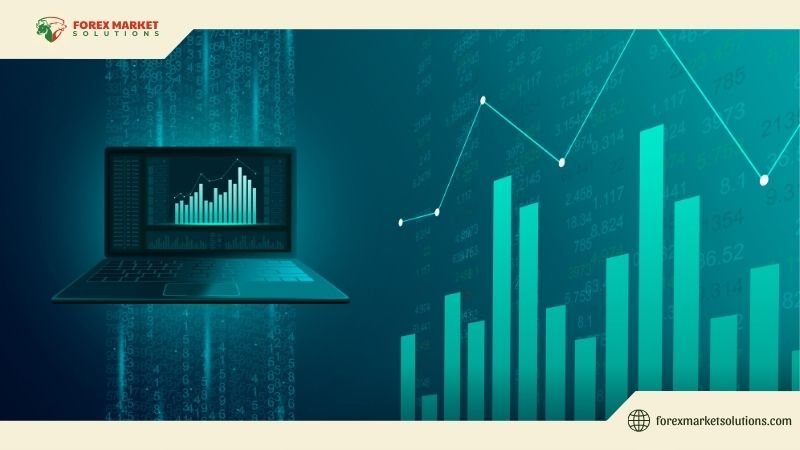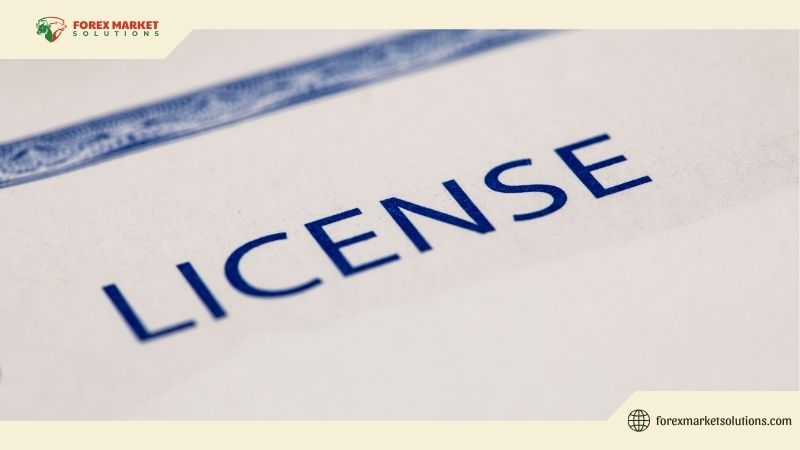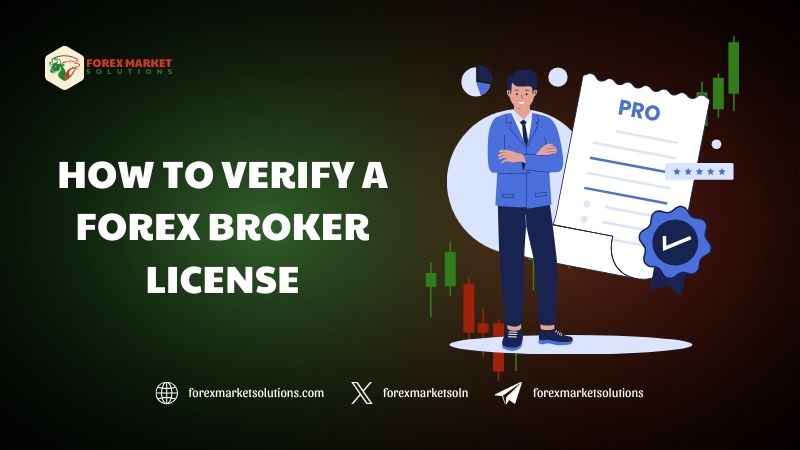The Forex market is a dynamic and lucrative space, attracting traders from all corners of the globe. However, its decentralized nature also makes it a breeding ground for unscrupulous brokers who prey on the uninformed. Understanding how to verify a Forex broker license is an essential skill that can safeguard your investments and give you peace of mind. A licensed broker operates under strict regulatory guidelines, ensuring transparency and accountability. Without proper verification, you risk entrusting your money to a fraudulent entity. This detailed guide will walk you through the process of confirming a broker’s legitimacy, helping you navigate the Forex landscape with confidence.
The stakes are high when choosing a broker. A legitimate license from a reputable authority signals that the broker adheres to industry standards, protecting your funds and personal information. Yet, not every broker claiming regulation is genuine, which is why knowing how to check their credentials is so critical. From identifying regulatory bodies to cross-referencing license details, this article provides a clear roadmap to ensure your broker is above board. Whether you’re a novice trader or a seasoned professional, mastering this process is a fundamental step toward secure trading.

The Importance of a Licensed Forex Broker
Before delving into the verification steps, it’s worth exploring why a broker’s license matters. The Forex market operates without a central authority, spanning multiple jurisdictions and currencies. This flexibility is a strength, but it also leaves room for entities to operate without oversight. A licensed broker answers to a regulatory body that enforces rules designed to protect traders. These rules often include maintaining segregated client accounts, offering fair pricing, and resolving disputes ethically.
Choosing an unlicensed broker exposes you to significant risks, such as fund mismanagement or outright scams. By learning how to verify a Forex broker license, you take control of your financial security, ensuring your broker meets legal and ethical standards. This process is especially crucial for beginners who may not yet recognize the warning signs of a dubious operation.
Regulations also differ across regions. A broker licensed by a top-tier authority, such as the Financial Conduct Authority (FCA) in the UK or the Australian Securities and Investments Commission (ASIC), offers stronger protections than one regulated in a less stringent offshore jurisdiction. These variations highlight the need to understand the verification process thoroughly, as the quality of regulation directly impacts your trading experience.

A Step-by-Step Approach to Verification
Verifying a Forex broker’s license doesn’t have to be daunting if you follow a systematic approach. The process requires attention to detail and a willingness to dig beneath the surface, but the effort pays off in the form of a safer trading environment.
Begin by visiting the broker’s official website. Reputable brokers proudly display their regulatory information, typically in the footer, “About Us” page, or a dedicated compliance section. Look for specifics like the name of the regulatory authority, the license number, and the issuing jurisdiction. If this information is absent, incomplete, or overly vague, it’s a red flag that warrants further scrutiny. A trustworthy broker has no reason to obscure its credentials.
Next, identify the regulatory body overseeing the broker. Well-known regulators include the FCA, ASIC, the Cyprus Securities and Exchange Commission (CySEC), and the Commodity Futures Trading Commission (CFTC) in the US. Each of these organizations maintains a searchable online database of registered brokers. For instance, the FCA’s Financial Services Register allows you to look up firms by name or license number, while ASIC offers a similar tool through its Professional Registers. Familiarizing yourself with these resources is a key part of understanding how to verify a Forex broker license.
With the license number in hand, visit the regulator’s website and perform a search. Enter the number precisely as provided and review the results carefully. The database should confirm the broker’s registration status, including its official name, address, and any history of disciplinary actions. If the number doesn’t match or the broker isn’t listed, it’s a strong indication that the license may be fake or misrepresented.
Beyond the license number, verify the scope of the broker’s authorization. Some firms hold licenses for financial services unrelated to Forex trading, so ensure the broker is explicitly permitted to offer Forex products. This step prevents you from partnering with a company that overstates its regulatory permissions.
It’s also wise to confirm the broker’s physical address. Licensed brokers must provide a verifiable location tied to their registration. Cross-check this address against the regulator’s records or use online tools to ensure it’s legitimate. A broker claiming regulation but operating from a virtual office or an untraceable site is unlikely to be genuine.
Lastly, supplement your verification with independent research. Online trader communities, review platforms, and watchdog sites can reveal insights not found in official records. A broker with a valid license but a history of poor customer service or unethical behavior may still pose risks worth considering.

How to Verify a Forex Broker License Globally
Forex brokers often operate across borders, and their licenses may reflect this international scope. However, the level of protection varies by jurisdiction, adding complexity to the verification process. Mastering how to verify a Forex broker license across different regions ensures you’re not misled by a broker’s claims of regulation.
Brokers regulated by Tier-1 authorities like the FCA or CFTC must meet rigorous standards, such as maintaining adequate capital reserves and offering client compensation schemes. For example, FCA-regulated brokers participate in the Financial Services Compensation Scheme (FSCS), which protects client funds up to a certain limit if the broker fails. These jurisdictions provide a high degree of reliability, making them a preferred choice for cautious traders.
Conversely, brokers licensed in offshore locations like Belize or St. Vincent and the Grenadines face fewer requirements. While an offshore license isn’t automatically a sign of fraud, it often lacks the robust oversight of Tier-1 regulators. When verifying such a broker, scrutinize its operational track record and client feedback to gauge its trustworthiness.
Some brokers boast dual or multiple licenses to enhance their credibility. In these cases, verify each license separately using the appropriate regulator’s database. This diligence ensures the broker isn’t inflating its regulatory status to attract clients.
Spotting Warning Signs of an Unregulated Broker
Even with a solid verification process, some brokers employ clever tactics to deceive traders. Recognizing these red flags can prevent you from falling victim to a scam. If a broker pushes you to deposit funds quickly without providing clear regulatory details, exercise caution. Legitimate brokers prioritize transparency and welcome questions about their credentials.
Inconsistent or unverifiable information is another concern. A license number that doesn’t align with the regulator’s records or a claimed authority that doesn’t oversee Forex trading suggests dishonesty. Similarly, extravagant promises of guaranteed returns or zero-risk trading are unrealistic and indicative of a scam.
Pay attention to customer service as well. A licensed broker typically offers accessible support to address regulatory inquiries. If responses are evasive or unhelpful, it’s a sign the broker may not be as legitimate as it claims.

Leveraging Tools for Easier Verification
The good news is that you don’t have to rely solely on manual effort. Various online tools and resources can simplify the task of learning how to verify a Forex broker license. Platforms like Forex Peace Army and BrokerCheck by FINRA offer valuable insights into broker reputations and regulatory histories. These sites compile user experiences and official data, making it easier to spot potential issues.
Regulatory websites remain the most reliable source, however. Bookmark the databases of major authorities like the FCA, ASIC, and CySEC for quick reference. Many also provide options to report suspicious brokers, enhancing trader protection.
Secure Your Forex Journey
Understanding how to verify a Forex broker license is a powerful tool for any trader aiming to succeed in the market. By systematically checking a broker’s website, confirming details with regulators, and researching its reputation, you can confidently select a platform that prioritizes your safety. The Forex world is full of opportunities, but it’s your responsibility to minimize risks by choosing a licensed, reputable broker.
Take charge of your trading future today. Stay proactive, ask questions, and never skip the verification process. For more expert advice and Forex insights, follow Forex Market Solutions — your trusted partner in mastering the market.
